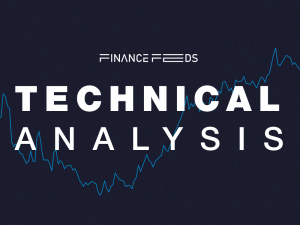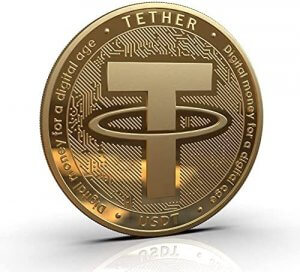Huobi Trust becomes custodian for stablecoin HUSD as battle heats up
Huobi Trust, a Nevada-based retail trust company, has announced that it has been appointed as the full custodian for the stablecoin HUSD which is pegged and backed by USD.

Huobi Trust has been licensed by the Nevada Department of Business and Industry’s Financial Institutions Division and it will become the custodian for HUSD as of July 2021. This means that the trust would be expected to have in its custody, a USD equivalent of HUSD at a ratio of 1:1 and it is believed that the presence of an official and regulated custodian would help to build trust in HUSD.
“Huobi Trust is excited to be entering this partnership with HUSD in our joint efforts to promote innovative, financial solutions through the power of blockchain technology. Our companies are aligned on the importance of compliance, and the safety and security of customers’ assets are at the forefront of everything we do, which makes this partnership a natural fit,” Said Rebecca Hirst, Chief Trust Operations Officer of Huobi Trust Company, “The HUSD Token has seen tremendous growth over the past few years and we look forward to building together on this success.”
Huobi Trust and HUSD partnership continue the building of an ecosystem around HUSD which is being projected as a stablecoin of choice in the future. It recently surpassed $1 billion in transactions and would be looking to take on established stablecoins like USDT, USDC, and others soon. With the prices of bitcoin continuing to highly volatile, it has led to the shunning of bitcoin as a payment mechanism and so the digital payments industry is looking towards stablecoins to fill that gap as the stablecoins are pegged to the USD and as long as they are backed and audited by reliable entities, they are likely to serve as a digital alternative to USD.
There has been a surge of interest in the crypto market over the last couple of years and this has led to an increased demand for stablecoins. But with many central banks also looking to come up with their own version of digital currencies, it remains to be seen how the stablecoins would react to such a development and what kind of a regulation that the central banks would bring in for these stablecoins. Some critics claim that the most used stablecoin, USDT, is not fully backed and if this turns out to be true and push comes to shove, things could turn for the worse.









